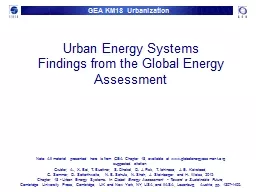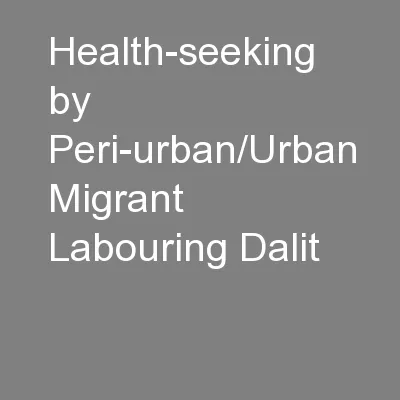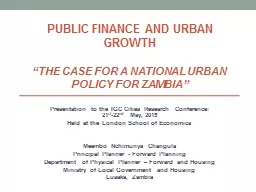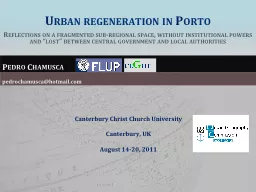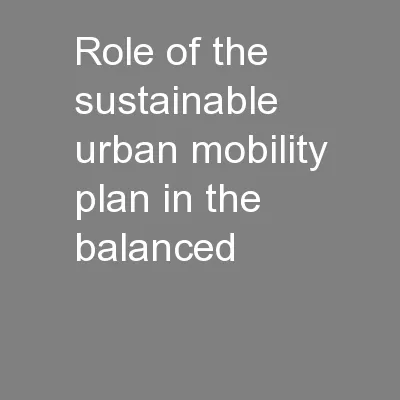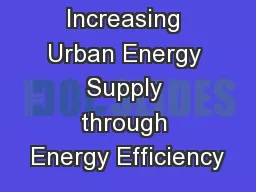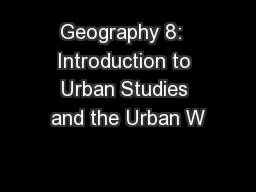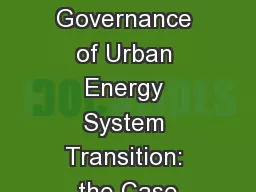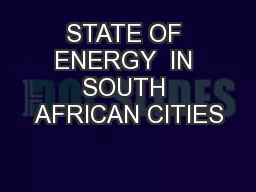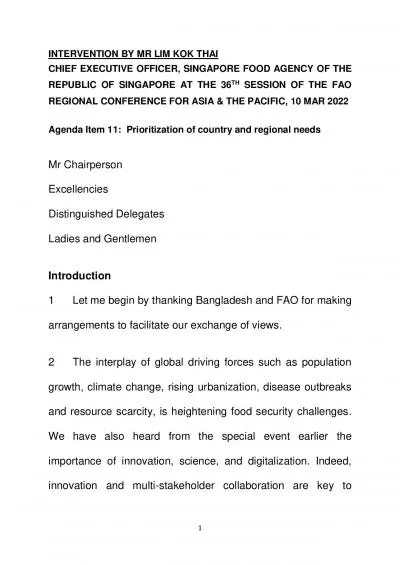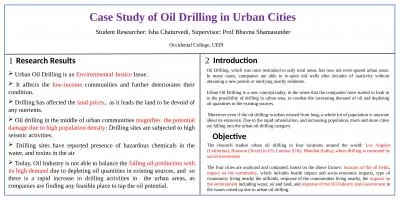PPT-Urban Energy Systems
Author : calandra-battersby | Published Date : 2016-03-30
Findings from the Global Energy Assessment Note All material presented here is from GEA Chapter 18 available at wwwglobalenergyassmentorg suggested citation Grubler
Presentation Embed Code
Download Presentation
Download Presentation The PPT/PDF document "Urban Energy Systems" is the property of its rightful owner. Permission is granted to download and print the materials on this website for personal, non-commercial use only, and to display it on your personal computer provided you do not modify the materials and that you retain all copyright notices contained in the materials. By downloading content from our website, you accept the terms of this agreement.
Urban Energy Systems: Transcript
Download Rules Of Document
"Urban Energy Systems"The content belongs to its owner. You may download and print it for personal use, without modification, and keep all copyright notices. By downloading, you agree to these terms.
Related Documents

